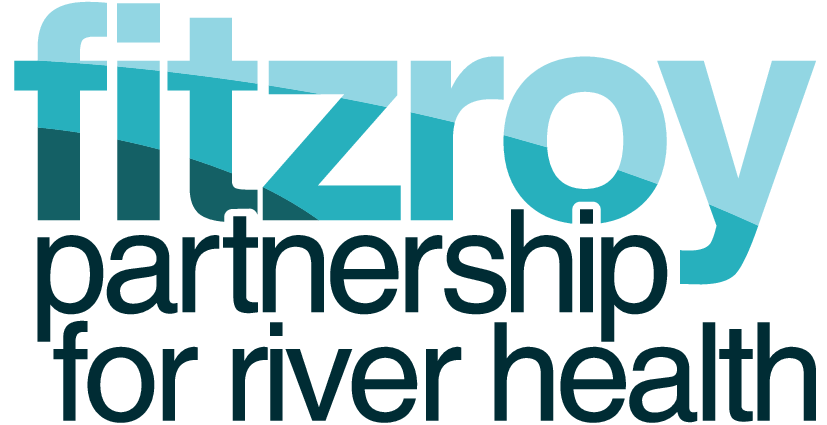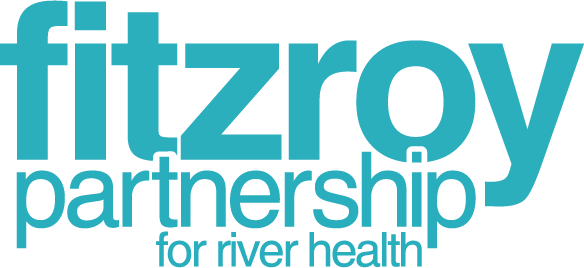The Fitzroy Partnership approach: Supporting litter reduction

The partnership’s commitment to improved water stewardship outcomes in the region is both at a partner and community level. One element that supports this community aim is the local ‘Drain Buddies’ project.
Drain Buddies are at-source litter traps embedded at various locations across Central Queensland to determine ‘what’s down our drains’? There is already significant evidence that oceans are overwhelmed with plastic litter. The Fitzroy Partnership for River Health project gathers more data locally to support community action to address what is becoming an increasingly significant global problem.
Drain Buddies are heavy-duty baskets placed in litter hotspots, usually in stormwater systems. Stormwater systems include drains and infrastructure that are designed to drain excess ground and rainwater away from commercial and residential properties. This includes water from sidewalks, paved streets, parking lots, and roofs.
Stormwater systems play a substantial role in transferring litter to discharge points such as creeks, rivers, and beaches. Higher litter source areas relate to the more highly populated and heavier foot trafficked areas such as residential and commercial areas.
The Drain Buddies capture around 2.5 tonnes of litter every year from stormwater systems, destined to end up in waterways and eventually the ocean. Up to 100kg of litter is collected every month from the Drain Buddies in Rockhampton alone. We have found cigarette butts are major contributors to litter in CQ, tens of thousands are collected every year from Drain Buddies.
Through responsible waste disposal we can keep litter out of drains and out of our waterways. Drain Buddies has not only provided data on litter carried in stormwater in CQ, but a tangible connection between our waste practices at home and the litter in our waterways.
The Fitzroy Partnership plans to use the data from Drain Buddies to develop an indicator for litter in the Fitzroy Basin Report Card. This will help track and communicate the impact plastic pollution has on river health and the ocean in our region.
The Fitzroy Partnership approach: Supporting litter reduction

The partnership’s commitment to improved water stewardship outcomes in the region is both at a partner and community level. One element that supports this community aim is the local ‘Drain Buddies’ project.
Drain Buddies are at-source litter traps embedded at various locations across Central Queensland to determine ‘what’s down our drains’? There is already significant evidence that oceans are overwhelmed with plastic litter. The Fitzroy Partnership for River Health project gathers more data locally to support community action to address what is becoming an increasingly significant global problem.
Drain Buddies are heavy-duty baskets placed in litter hotspots, usually in stormwater systems. Stormwater systems include drains and infrastructure that are designed to drain excess ground and rainwater away from commercial and residential properties. This includes water from sidewalks, paved streets, parking lots, and roofs.
Stormwater systems play a substantial role in transferring litter to discharge points such as creeks, rivers, and beaches. Higher litter source areas relate to the more highly populated and heavier foot trafficked areas such as residential and commercial areas.
The Drain Buddies capture around 2.5 tonnes of litter every year from stormwater systems, destined to end up in waterways and eventually the ocean. Up to 100kg of litter is collected every month from the Drain Buddies in Rockhampton alone. We have found cigarette butts are major contributors to litter in CQ, tens of thousands are collected every year from Drain Buddies.
Through responsible waste disposal we can keep litter out of drains and out of our waterways. Drain Buddies has not only provided data on litter carried in stormwater in CQ, but a tangible connection between our waste practices at home and the litter in our waterways.
The Fitzroy Partnership plans to use the data from Drain Buddies to develop an indicator for litter in the Fitzroy Basin Report Card. This will help track and communicate the impact plastic pollution has on river health and the ocean in our region.


